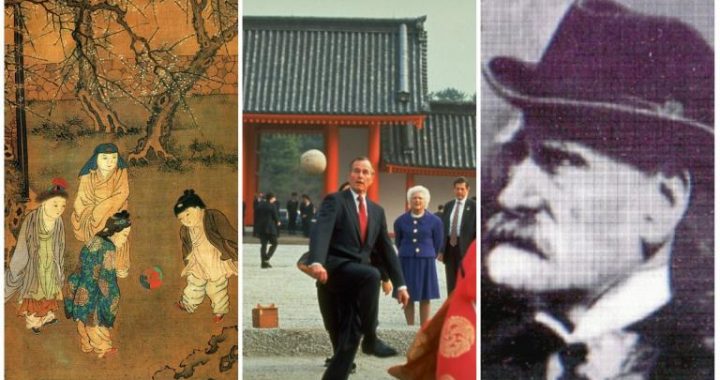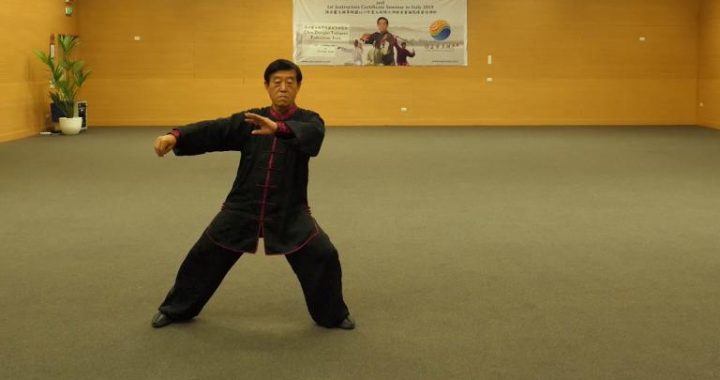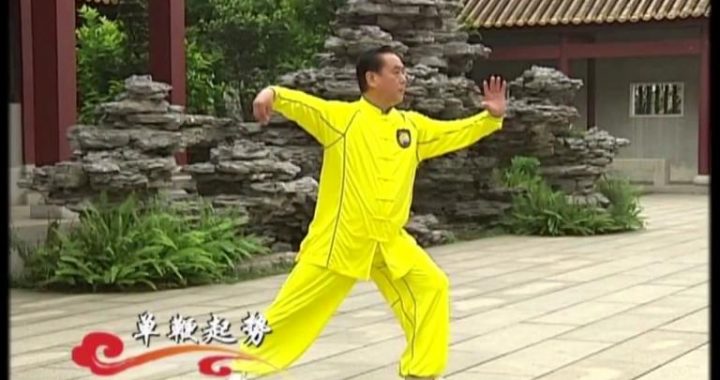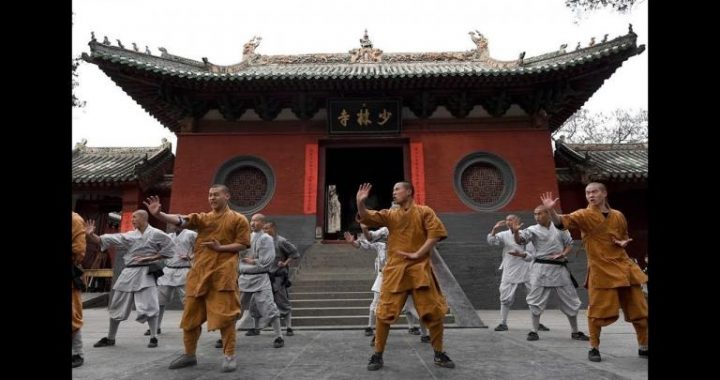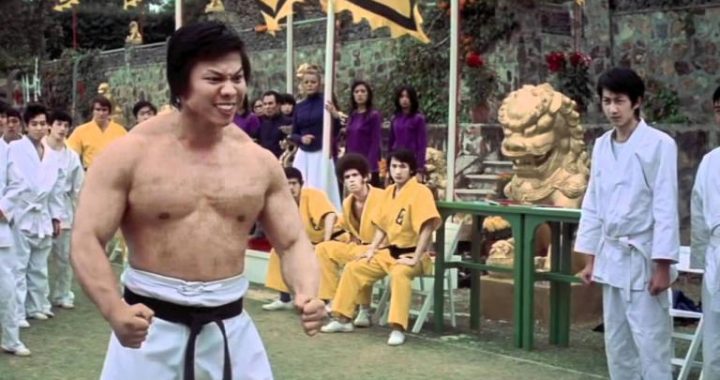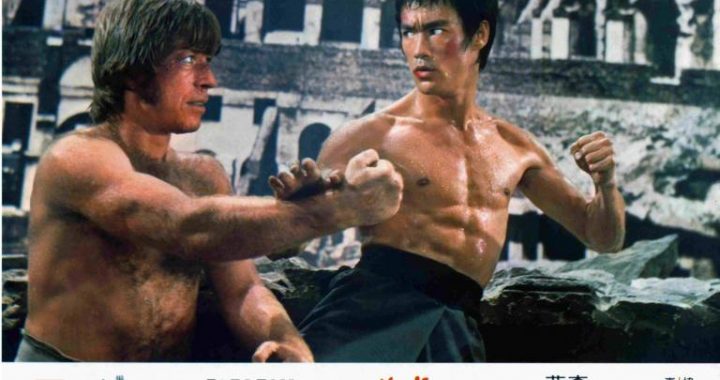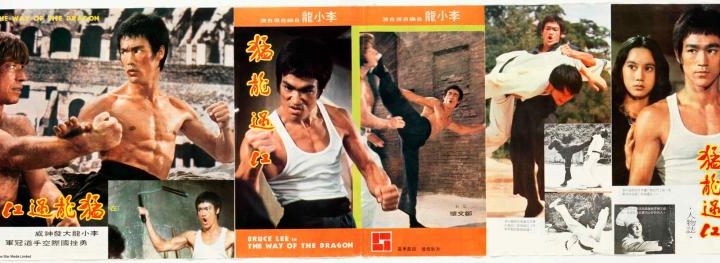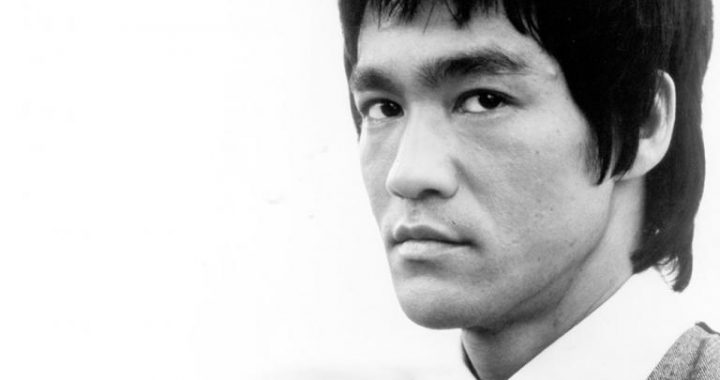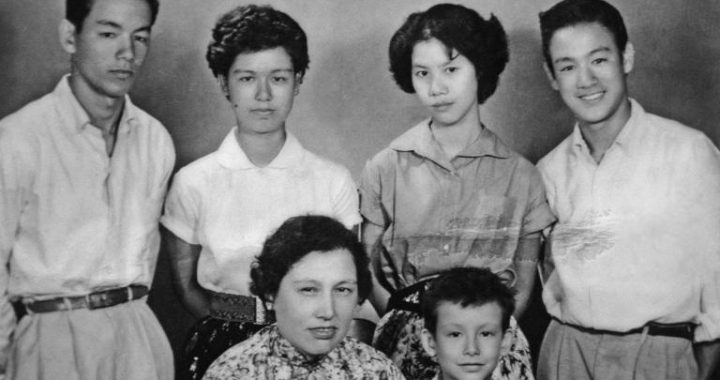Baguaquan Family
2 min readBaguaquan is Baguazhang(Baguan means the Eight Diagrams in ancient Chinese culture), spread by Dong Haichuan in Beijing in the late Qing Dynasty. Dong Haichuan, born in Wen’ an, Hebei, was skilled in Luohan boxing (belonging to the Shaolin boxing) in his early years. Later, he roamed around and met a Taoist in the mountains of Anhui, where he was taught Baguazhang, which promoted his techniques. When he reached his middle ages, Dong settled in Beijing and taught nearly 1, ooo disciples. They benefited from Dong, and a variety of schools quickly evolved. They included: Yin’s Baguazhang spread by Yin Fu (1840-1909). Yin Fu was a professional master of martial arts; Cheng’s Baguazhang spread by Cheng Tinghua (1848-1900). Cheng Tinghua ran a glasses shop in Beijing known as “Glasses Cheng”when the Eight-Power Allied Forces invaded China, he was shot dead by the German army; Song’s Baguazhang 1 was spread by Song Changrong; and Song’s Baguazhang 2 was spread by Song Yongxiang; Liang’s Baguazhang was spread by Liang Zhenpu (1863-1934), who formally acknowledged Dong Haichuan as his master at the age of 14.
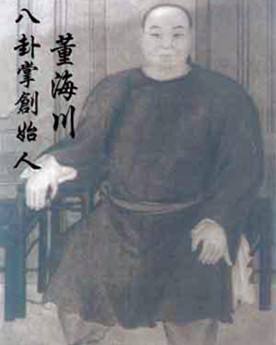
When Baguazhang spread to the second generation, it had evolved into five branches: Yin, Cheng, Song(two branches), and Liang. Therefore, in the late Qing Dynasty and early period of the Republic of China, the Baguaquan family took shape initially with Beijing as the center.
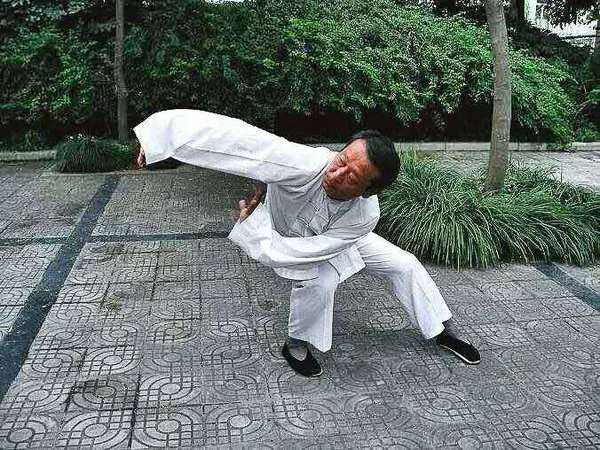
Portrait of Fu Zhensong holding the eight diagrams broadsword in 1929 Fu Zhensong(1881-1953) was an apprentice of Jia Qishan(apprentice of Dong Haichuan). In 1g28, he served as the master of Baguaquan at Central Guoshu Academy. He learned from others’ strong points and founded Fu-style Taijiquan, which is popular both at home and abroad, especially in the United States, Canada, Brazil and Southeast Asia.
In the first year of Guangxu in the Qing Dynasty, Guo Yunshen (1855-1932), renowned master of Xingyiquan, came to Beijing out of admiration, negotiating with Dong Haichuan on the integration of Xingyiquan with Baguazhang. Later, Zhang Zhankui (1864-1948) followed Dong Haichuan to learn Baguazhang, and followed Liu Qilan to learn Xingyiquan of the Hebei school, and gradually combined both schools into one, creating Xingyi Baguazhang. At present, it is still spread in Sichuan and Shanghai.
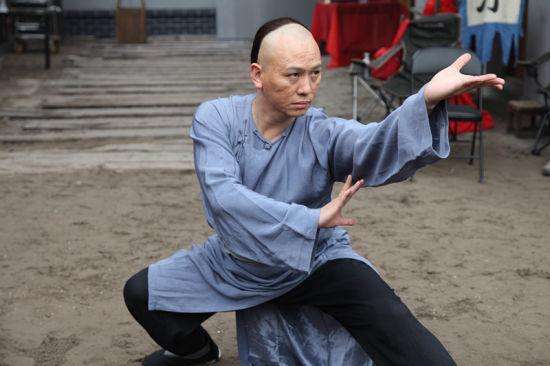
Baguazhang used palms instead of fists, with steps in the form of circle, which broke the traditional fist positions and steps in straight line, opening a new arena for Chinese Wushu. Its step positions focus on lifting, trampling, swaying, knocking, rotating around and maintaining continuity.
